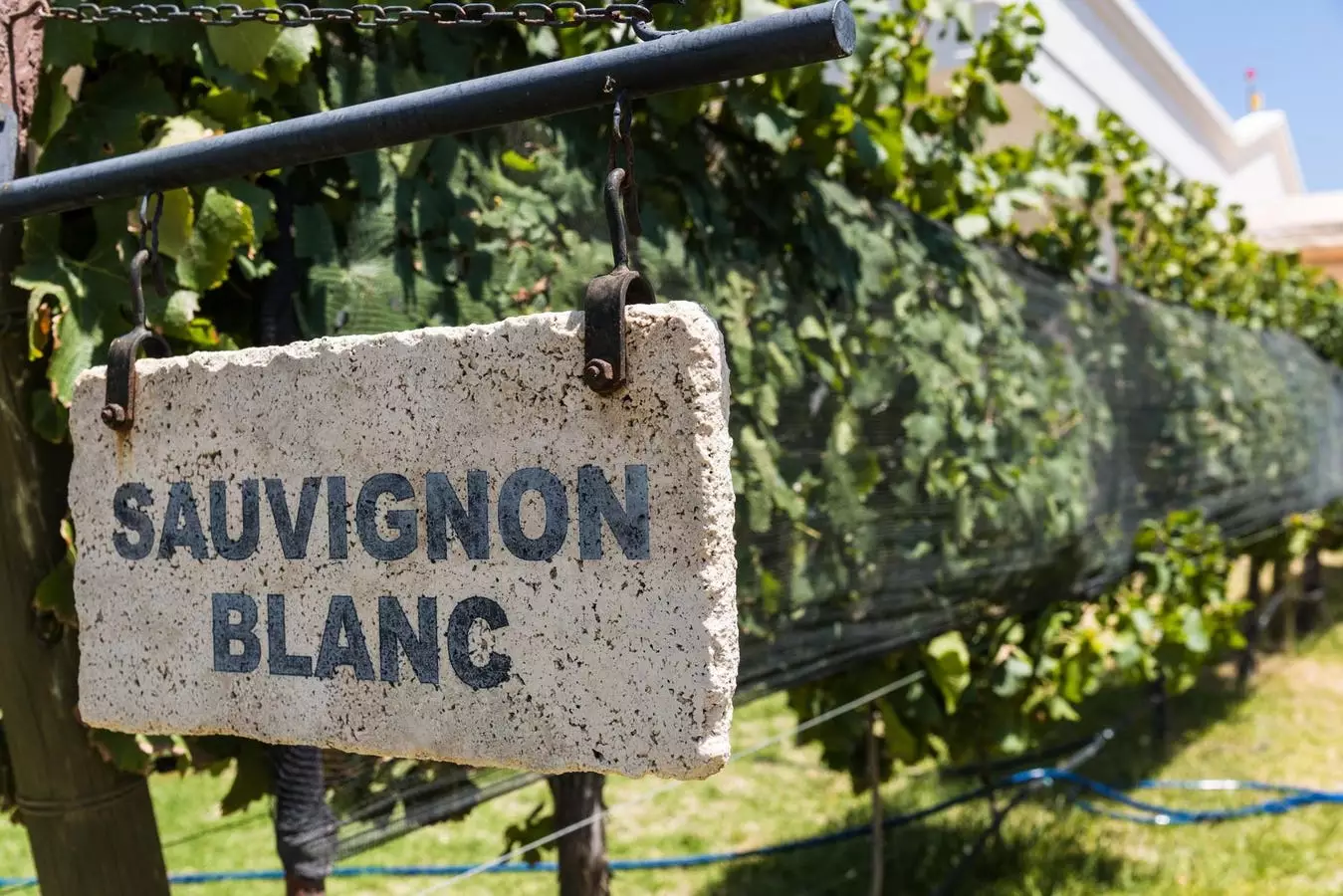Sauvignon Blanc is a white wine that stands out due to its distinct taste profile. One of the key characteristics of Sauvignon Blanc is its high levels of crisp acidity. This acidity gives the wine a refreshing quality that makes it a popular choice among wine enthusiasts. Additionally, Sauvignon Blanc contains a chemical compound called pyrazine, which contributes to flavors such as grassy, herbal, or bell pepper notes. Depending on the climate in which the grapes are grown, the wine can exhibit a range of flavors from herbaceous green characteristics to ripe fruit notes like grapefruit, passion fruit, and guava. Furthermore, Sauvignon Blanc is known for expressing terroir, with wines from different regions showcasing unique soil qualities that influence the overall flavor profile.
When comparing Sauvignon Blanc to other popular white wines like Pinot Grigio and Chardonnay, it becomes evident that each grape variety offers a distinct experience. Sauvignon Blanc is characterized by its high acidity and full-flavored profile, featuring mineral, grass, and grapefruit notes. Pinot Grigio, on the other hand, has moderate to high acidity and delicate flavors of white peach, citrus, and minerals. Chardonnay stands out as the most full-bodied of the three, often aged in oak and exhibiting fruit notes like lemon, apple, and pineapple. These differences in acidity, flavor, and alcohol content make each wine unique and cater to different preferences among consumers.
Sauvignon Blanc is predominantly crafted as a dry, still white wine, offering a crisp and refreshing taste experience. While most Sauvignon Blanc wines are made in a dry style, some producers in Marlborough, New Zealand, produce sparkling wine variations or leave a hint of sugar for added richness. Additionally, Sauvignon Blanc is utilized in the production of dessert wines like the famous Sauternes from Bordeaux, where it is blended with other grape varieties to achieve a balance of sweetness and acidity.
To fully appreciate the flavors of Sauvignon Blanc, it is important to serve the wine chilled at an optimal temperature range of 50–55°F. This temperature allows the wine to showcase its aromas and acidity without being overpowered by alcohol or muted flavors. Storing Sauvignon Blanc in a cool, dry place away from heat and light is essential to preserve its freshness and flavors. Whether laid down on its side or stored upright, keeping a few bottles of Sauvignon Blanc in the refrigerator ensures that they are ready to be enjoyed at the ideal serving temperature.
In terms of calorie content, a typical 5-ounce serving of Sauvignon Blanc contains around 120 calories, with a standard 750ml bottle totaling approximately 620 calories. As a dry wine, Sauvignon Blanc is low in carbohydrates, usually ranging from zero to 4 grams per serving. While Sauvignon Blanc may contain a minimal amount of residual sugar, the focus is on its alcohol content, which contributes to its overall calorie content. It is important to be mindful of portion sizes and calorie intake when enjoying Sauvignon Blanc as part of a balanced diet.
Due to its high acidity and fresh flavors, Sauvignon Blanc is a versatile wine that pairs well with a variety of dishes. Lighter styles of Sauvignon Blanc from regions like the Loire Valley are well-suited for pairing with fresh cheeses, seafood, and white fish. More herbaceous and pungent expressions of Sauvignon Blanc, such as those from New Zealand, complement dishes with classic herbs and vegetables. Additionally, ripe and higher alcohol versions of Sauvignon Blanc can stand up to heavier sauces and grilled meats. The key to successful food pairings with Sauvignon Blanc is to balance the wine’s intensity with the flavors and weight of the dishes for a harmonious dining experience.


Leave a Reply